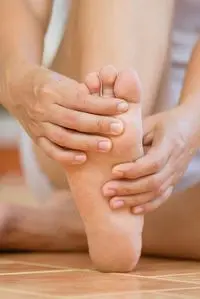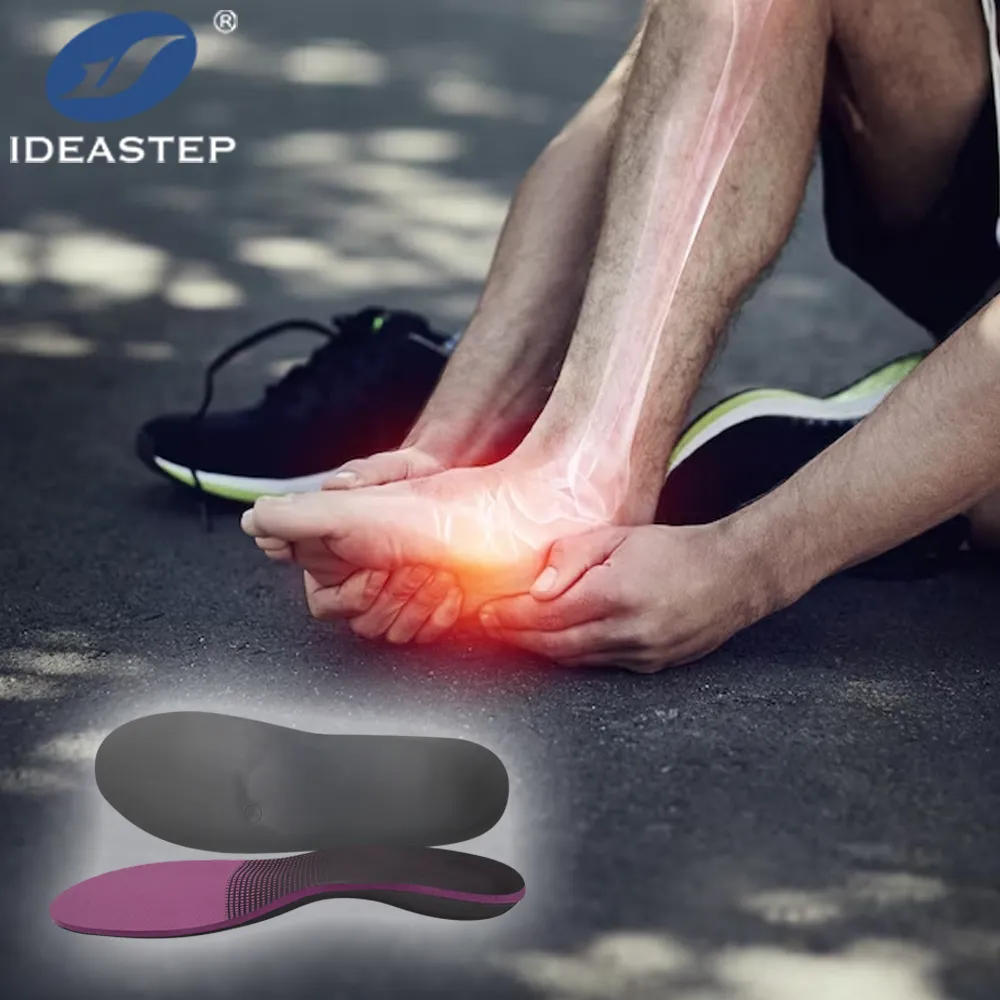Introduction
Plantar fasciitis is the common but persistent disorder that can significantly decrease quality in everyday life and work productivity. It affects tissue connecting the heel to the toes and may result in chronic heel pain, mostly for people spending extended periods on their feet. Keeping employees comfortable is thus important to businesses in order to preserve productivity and not have employees spend time off with foot pain. This article explores the causes and symptoms of plantar fasciitis, the role of plantar fasciitis medical devices in alleviating pain, and how insoles can play an essential role in offering relief. If you’re considering effective solutions to support your team’s comfort, read on to discover the benefits these devices can bring to the workplace.

Understanding Plantar Fasciitis and Its Impact on Daily Life
Plantar fasciitis is characterized by the inflammation of the plantar fascia, which is a thick band of tissue at the bottom of the foot. It most often results from overuse, poor foot support, or performing high-impact activities repeatedly that place stress on the feet. The resulting heel pain can be serious enough to hinder normal activities and productivity in many people.
This is particularly troublesome for those whose occupations call for standing and walking for extensive periods. Untreated plantar fasciitis can lead to chronic pain that affects your posture, your gait while walking, and can even be psychological in nature. A proactive approach, helped by medical devices that are reliable, would help manage the ailment and bring relief.
Common Causes and Symptoms of Plantar Fasciitis
Knowing the causes of plantar fasciitis allows for better treatment of the condition. Here are the main reasons for the development of this pathology:
| Cause | Description |
|---|---|
| Arch of the Foot Problems | Flat feet or high arches cause strain on the plantar fascia, which results in inflammation. |
| Inadequate Footwear | Shoes lacking arch support or cushioning can strain the plantar fascia, especially in active jobs. |
| Weight and Activity | Overweight individuals or those involved in high-impact activity place extra stress on their feet. |
| Prolonged Standing | Long periods of standing at work may increase the strain on the plantar fascia. |
Symptoms of plantar fasciitis are quite easy to recognize. The most common symptom is a stabbing pain in the heel, often worse in the mornings or after periods of inactivity. Other symptoms that some people may experience include stiffness in the foot, an inability to stand for long periods, and sharp pain that becomes more intense with activity. Recognizing these symptoms early and dealing with them appropriately can prevent further complications.
How Plantar Fasciitis Medical Devices Provide Relief
Using certain medical devices can greatly alleviate the symptoms of plantar fasciitis. These devices work by reducing heel pressure, supporting foot arches, and generally aiding in foot health. However, from the numerous tools available in the market, insoles specifically made for plantar fasciitis are among the best alternatives concerning the healing process, since they are very effective yet really convenient. Insoles provide targeted support, which redistributes weight more evenly over the foot and reduces pressure on the plantar fascia.
Medical plantar fasciitis devices also become popular due to their easiness and benefits that they offer in first place. If insoles are inserted into everyday shoes, then one can experience a marked decrease in pain on the heels. Heel cups and arch supports are also useful gadgets. However, insoles are quite accessible, effective, and adaptable to many shoes.
Advantages of Using Plantar Fasciitis Insoles
Plantar fasciitis insoles are definitely among those very practical options in treating the condition. Here is why they work:
- Better Arch Support: The insoles, with their built-in arch support, reduce plantar fascia tension by keeping the foot in its most natural position.
- Shock Dissipation: The extra cushioning of these insoles dissipates the shock to the heels, hence the quick relief from pain and the possibility of enabling one to move around in comfort.
- Weight Redistribution: Insoles redistribute the body’s weight throughout the foot, which relieves too much pressure on the heel and decreases tension in the plantar fascia.
- Improved Stability: Quality insoles provide stability that helps to correct the alignment of the foot and, consequently, the posture, which is very good for people who stand for long hours.
It is very important to note that insoles are helpful in the management of symptoms and the provision of preventive support, but they are not a substitute for professional medical treatment for more serious cases. Therefore, any persistent or progressive pain calls for consultation with a foot specialist for proper attention.

FAQ: Plantar Fasciitis and Medical Devices
Q: How soon can I expect relief from plantar fasciitis symptoms using insoles?
A: Most people experience a decrease in pain after a few days of constant use, but it can take a couple of weeks to see significant improvement.
Q: Are plantar fasciitis insoles suitable for all footwear?
A: Most insoles are versatile and could fit a variety of footwear, though there could be specific insoles designed for work boots, athletic shoes, and dress shoes.
Q: Can insoles help to prevent plantar fasciitis for people who stand all day?
A: Insoles can significantly reduce the risk; they support the arch and cushion the heel, so they make for a fantastic means of prevention.
Using good plantar fasciitis solutions can make a huge difference in the workplace by enhancing comfort and productivity. Targeted insoles contribute to foot health and, therefore, are preventive of continued discomfort, supporting the well-being of employees.
If you’re interested in Ideastep, click here to know more. Also, Ideastep provides custom insole services, or you can contact Ideastep directly to let us know your needs.
